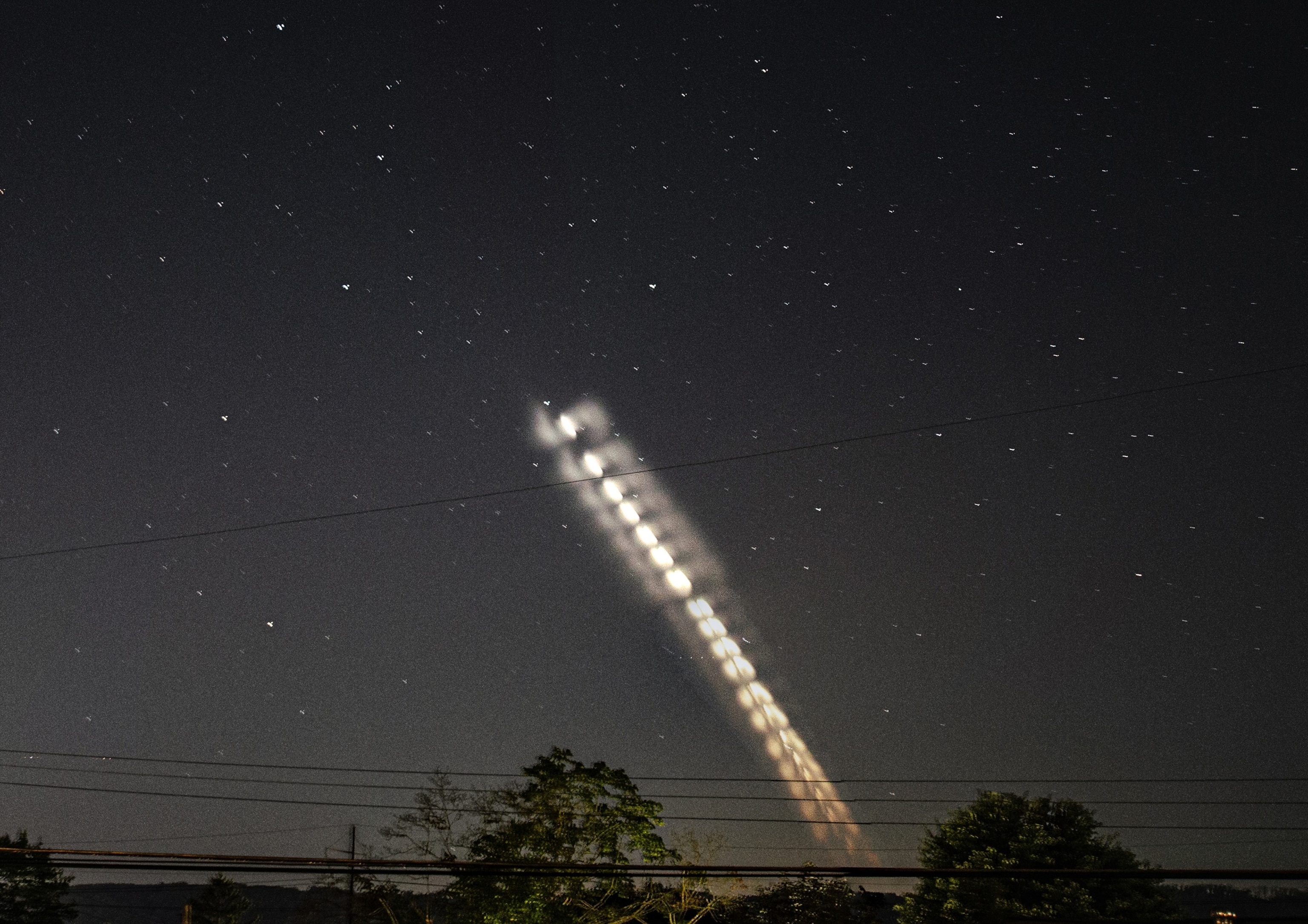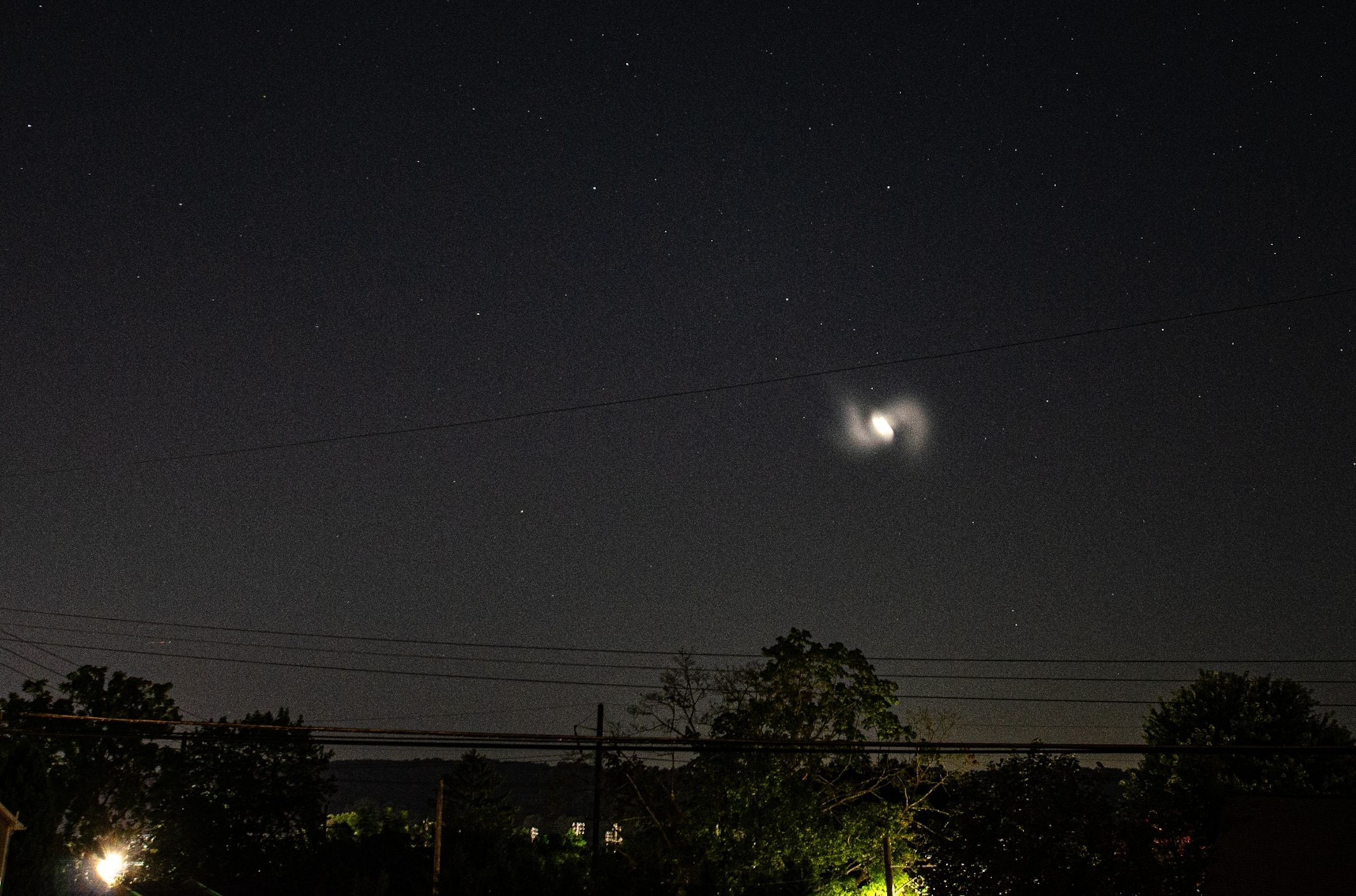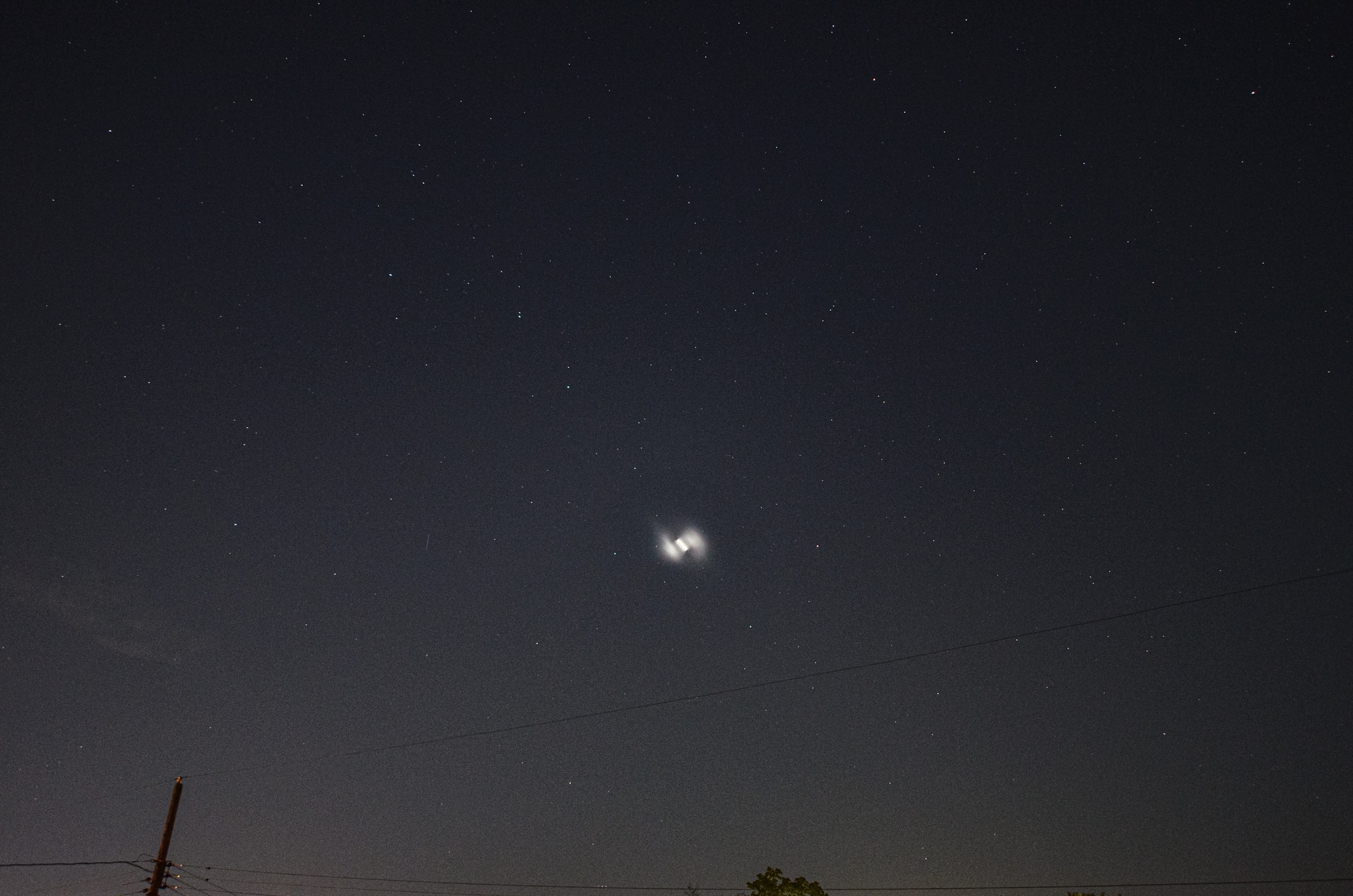

Stargazers on the lookout for the Perseid meteor shower were treated to an extra nighttime spectacular on Tuesday night as spirals appeared in the sky along the East Coast.
The unusual light show -- which appeared to show circling lights in the heavens -- was on display after multiple rocket launches.
Videos began circulating online in several states, including Maryland, New York, New Jersey, Tennessee, Illinois, Ohio and Nebraska, after 9 p.m. ET Tuesday, social media posts show.
ABC Philadelphia station WPVI began receiving calls and messages from viewers around 10:30 p.m. to report the phenomenon, the station reported.

The spiraling lights seemed to appear "out of nowhere," Blake Brown, who witnessed the dazzling display from Algonquin, Illinois, while watching for the meteor shower, told ABC News.
The majority of the spiraling light sightings likely stemmed from the launch of Ariane 6, said Jonathan C. McDowell, an astrophysicist for the Harvard-Smithsonian Center for Astrophysics.
That rocket lifted off from the Guiana Space Centre at Europe's Spaceport in Kourou, French Guiana, at about 8:37 p.m. ET, according to Eumetsat, a European operational satellite agency for monitoring weather.

Ariane 6, about 196-feet tall, has the ability to launch both heavy and light payloads for applications such as Earth observation, telecommunication, meteorology, science and navigation, according to the European Space Agency.
The appearance of the spirals in the sky was likely the result of the upper stage of the rocket tumbling as it underwent a disposal rocket firing at the end of the launch, McDowell told ABC News.
The spiral light occurs when reflection from sunlight interacts with the frozen plume of fuel from the exhaust of rockets.
"It's a nice, perfect spiral because it's way out in space with no air to distort the shape," McDowell said.

Tuesday's launch, which brought a weather satellite to orbit, is the third-ever mission for the powerful rocket, according to Space.com.
Another rocket, the Vulcan Centaur Rocket, successfully lifted off from the Cape Canaveral Space Force Station in Florida at 8:56 p.m. ET, according to the United Launch Alliance.
The 202-foot rocket was carrying a pair of experimental navigation satellites on behalf of the United States Space Force's first-ever mission, according to Space.com.
"The Vulcan launched east and went to a high orbit, and was still coasting upward [without the rocket firing] when the spiral was seen," McDowell said. "If people in Florida saw something at 9:37, 9:45 pm ET, that could have been the Vulcan."
